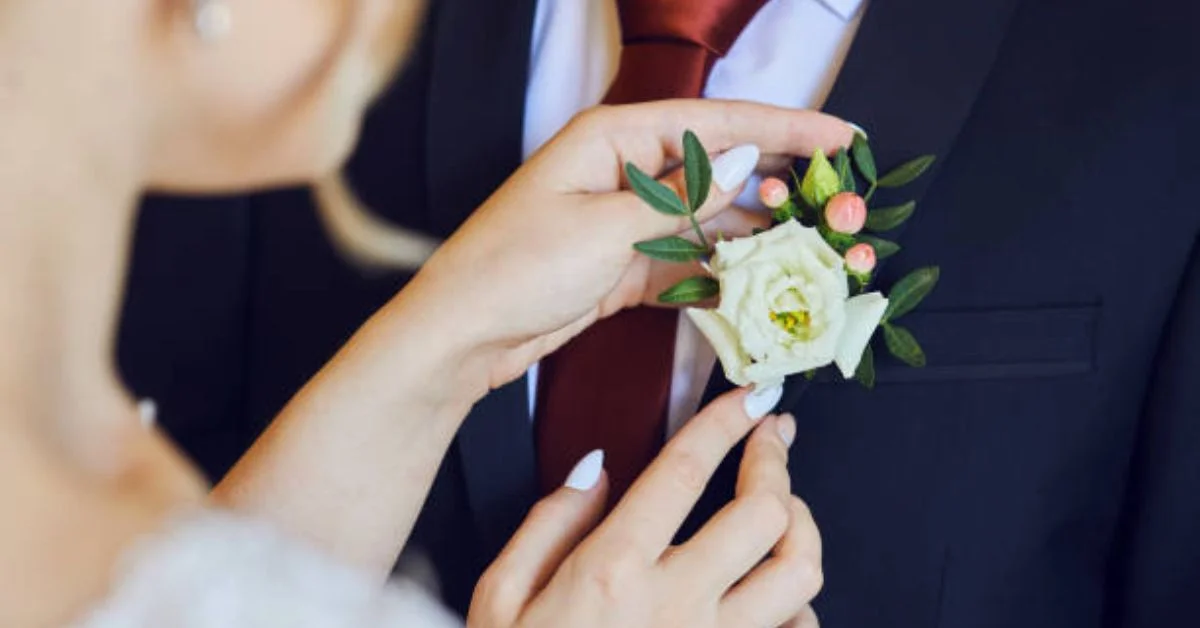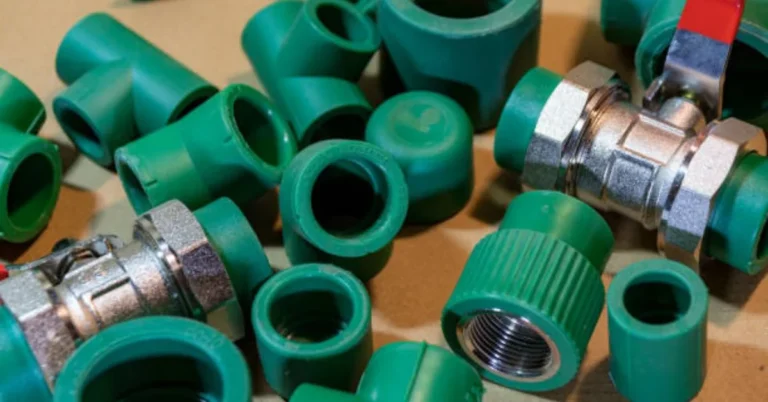
In the rich tapestry of cultural customs, formalwear, and floral traditions, few accessories are as elegant, meaningful, and enduring as the boutonniere. Often seen adorning the lapels of suits and tuxedos at weddings, proms, formal galas, and ceremonial events, the boutonniere is a small floral arrangement worn on the left lapel of a jacket. While seemingly simple, its roots run deep into history, and its usage reflects a blend of fashion, symbolism, romanticism, and attention to detail. This article presents a thorough, in-depth, and original 3000-word exploration of the boutonniere—its meaning, origins, varieties, uses, etiquette, crafting, and place in modern fashion.
Whether you’re preparing for a wedding, organizing a formal event, working in fashion design, or simply intrigued by the cultural and artistic significance of flowers, understanding the boutoniere is essential to appreciating its role in both past and present formalwear.
Origins and Historical Significance of the Boutonniere
The term “boutonniere” is French in origin, meaning “buttonhole flower.” This directly refers to the traditional placement of the flower in the buttonhole of a jacket’s lapel. While today it is commonly affixed with pins or magnets, early boutonnieres were slipped directly into the lapel buttonhole, which sometimes included a small loop on the backside to secure the stem.
Historical Roots in Europe
The use of flowers as decoration and symbolism dates back thousands of years, but the boutoniere in particular gained prominence in 19th-century Europe, particularly in France and England. During this era, men of high status or those attending formal events would wear a single bloom—most commonly a carnation, rose, or gardenia—on the left lapel.
Its function extended beyond mere decoration. In Victorian England, the boutoniere was considered a mark of gentlemanly status and chivalric refinement. It symbolized respect, attention to detail, and a certain romantic aesthetic associated with courtship and occasion. Flowers also carried symbolic meanings known as the language of flowers or floriography, where each bloom and color had a message.
Cultural Crossovers and Royal Traditions
Royalty and political figures often wore boutonieres during public appearances, using flower choice to convey sentiments or affiliations. In some cultures, warriors wore flowers on armor or clothing as a sign of courage, often honoring a lost comrade or loved one.
Modern-Day Relevance and Occasions for Wearing a Boutonniere
In contemporary settings, the boutoniere remains a small but significant part of men’s formalwear. Its use has evolved from daily wear in aristocracy to special occasions, including:
1. Weddings
The most common modern use of a boutonniere is at weddings, where the groom, groomsmen, fathers, grandfathers, officiant, and sometimes other male members of the wedding party wear coordinated boutonnieres.
- The groom’s boutonniere typically complements the bridal bouquet or highlights a unique flower symbolic of the couple’s relationship.
- Groomsmen wear smaller, simplified versions.
- The flowers chosen often represent love, fidelity, and celebration.
2. Proms and School Formals
Young men attending high school dances often wear boutonieres matched to their date’s corsage or dress color. This act symbolizes unity, coordination, and mutual respect.
3. Ceremonies and Memorials
At formal events such as military ceremonies, state funerals, or remembrance days, a single flower (often a poppy or rose) serves as a boutoniere to represent remembrance and honor.
4. Black Tie Events and Award Ceremonies
Celebrities and dignitaries sometimes wear a white or red carnation at formal galas and red carpet events to add a subtle touch of elegance or personal style.
5. Religious Rites
In certain faith traditions, religious milestones like bar mitzvahs, baptisms, and confirmations may include boutonnieres as part of the ceremonial dress code.
Choosing the Right Flower: Symbolism and Suitability
When selecting a boutoniere, it’s not just a matter of aesthetics. The type of flower, its color, and its arrangement all contribute to the message it conveys.
Common Flowers Used in Boutonnieres
- Rose – Classic and romantic, the red rose symbolizes love, while white represents purity.
- Carnation – Durable and traditional. Red for admiration, white for luck or memory.
- Calla Lily – Sleek and modern. A symbol of elegance and beauty.
- Orchid – Exotic and luxurious, often used in upscale weddings.
- Lily of the Valley – Delicate and aromatic, symbolizing sweetness and humility.
- Gardenia – Creamy white and fragrant, popular for black-tie events.
- Lavender – Represents devotion and tranquility.
Color Significance
Color plays an important role in boutonniere design:
- Red – Passion, courage, love.
- White – Purity, reverence, formality.
- Pink – Admiration, charm, youth.
- Yellow – Friendship, joy.
- Purple – Royalty, dignity.
- Blue – Calm, peace, loyalty.
- Greenery – Ferns, eucalyptus, and herbs like rosemary or thyme add texture and meaning (e.g., remembrance, strength, loyalty).
The Art of Crafting a Boutonniere
Crafting a boutonniere requires not only aesthetic sense but also knowledge of floristry, structural balance, and durability. A proper boutoniere must last through hours of wear, movement, temperature changes, and still look fresh.
Tools and Materials
- Floral wire
- Floral tape
- Sharp scissors or shears
- Ribbon (optional)
- Decorative pins or magnets
- Fresh flowers and greenery
Steps to Create a Basic Boutonniere
- Select and Trim Flowers – Choose a focal flower and supportive greenery or accents.
- Wire the Stem – Carefully insert floral wire through the base of the bloom to stabilize it.
- Wrap with Floral Tape – Secure stems and wires with green floral tape, covering all mechanics.
- Add Accents – Herbs, filler flowers, or small buds can be arranged around the focal bloom.
- Finalize with Ribbon or Bow – Optional but often used for a polished finish.
- Refrigerate Until Use – To keep the boutoniere fresh, it should be stored in a cool environment in a floral box or sealed container with light moisture.
Proper Wearing and Placement
The boutonniere is traditionally worn on the left lapel, above the heart. Here are some guidelines:
- Jackets with Lapel Holes: Insert the stem through the buttonhole and secure with the loop underneath (if present).
- No Lapel Hole: Use a boutonniere pin, placed from behind the lapel to avoid visibility.
- Magnet Closures: Some modern designs include hidden magnets for easy attachment without puncturing fabric.
The boutonniere should be positioned vertically, with the bloom facing outward and slightly upward. It should never droop or rotate sideways.
Etiquette and Cultural Considerations
Understanding boutonniere etiquette ensures respect for tradition and refinement:
- Do not wear a boutoniere and pocket square of the same flower—it creates imbalance.
- Avoid oversized or perfumed flowers that may overwhelm or irritate others.
- In memorial services, wear a subdued color such as white or red (for poppies).
- At weddings, never outshine the groom’s boutoniere with flashier designs.
- Only men traditionally wear boutonnieres, while women wear corsages, but modern gender expressions have introduced more inclusive practices.
Modern Trends and Innovations
Boutonnieres have evolved with fashion, embracing innovation and creative expression:
Non-Floral Boutonieres
Some boutonnieres use non-living elements, such as:
- Feathers
- Fabric flowers
- Paper origami
- Metal or wooden carvings
- Buttons, keys, or keepsakes
These designs can reflect personal hobbies, heritage, or specific event themes.
Sustainable and Dried Options
In eco-conscious events, dried flowers or biodegradable materials offer sustainability without sacrificing style. These boutonieres can be crafted well in advance and preserved as keepsakes.
Tech-Integrated Designs
Although rare, some novelty boutonieres have integrated LED lighting, micro speakers, or tiny camera lenses for themed events or fashion experiments.
Caring for and Preserving a Boutonniere
To maintain the freshness and integrity of a boutoniere:
- Store in refrigeration (not freezer) until event time.
- Keep it in a box with light moisture to prevent dehydration.
- Avoid direct sunlight or extreme heat.
- Do not place under weight or pressure.
Post-Event Keepsake Tips
- Air-dry the boutoniere by hanging it upside down.
- Use silica gel to preserve delicate flowers.
- Mount it in a shadow box or photo frame with event details.
Conclusion
Though small in size, the boutonniere carries profound weight in terms of history, elegance, expression, and meaning. From its aristocratic roots to its modern-day resurgence in weddings, proms, and ceremonies, the boutonniere remains a floral emblem of respect, sophistication, and individuality. Its carefully chosen bloom and intentional placement communicate silently but powerfully—adding a finishing touch that enhances not only the outfit but also the significance of the occasion.
Whether made of a single rose or an arrangement of symbolic herbs and greenery, a boutoniere celebrates tradition while inviting personal creativity. It stands as proof that even the most refined gestures are often found in the smallest of details.
FAQs
1. What side do you wear a boutoniere on?
A boutonniere is traditionally worn on the left lapel of a jacket, above the heart.
2. How long does a boutonniere last?
A fresh boutoniere typically lasts 24 hours when properly stored and misted before use.
3. Can I make my own boutoniere at home?
Yes, with basic floral tools and fresh flowers, you can craft a personalized boutoniere at home.
4. Are boutonieres only for weddings?
No, they’re also worn at proms, ceremonies, memorials, galas, and other formal events.
5. Can boutonnieres be reused or preserved?
While fresh ones wilt, dried.
For more information, click here.







